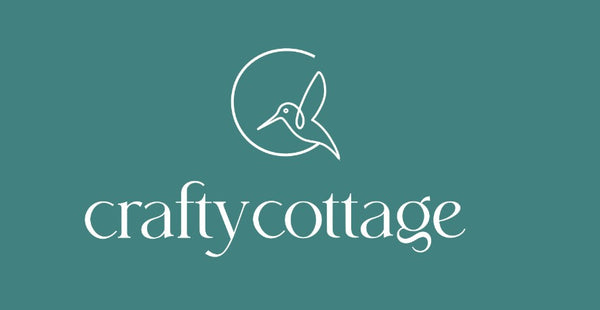
Whether you're applying to art school, seeking freelance gigs, or pitching to galleries, your art portfolio is your visual resume. It's your chance to make a powerful first impression, showcase your unique voice, and demonstrate your technical skill. But with so much riding on it, where do you even begin?
Here’s a step-by-step guide to help you build an art portfolio that reflects your strengths and speaks directly to your audience.
🎨 1. Define the Purpose of Your Portfolio
Start by asking yourself:
-
Who is this portfolio for?
-
What do I want it to say about me?
-
What is my end goal?
Are you applying to an art program, pitching your work to a gallery, or hoping to land a job in concept art or illustration? The answers will guide every decision you make, from the type of work you include to how you present it.
Tip: You may need multiple versions of your portfolio for different purposes. That’s okay!
🖼️ 2. Select Your Best Work (Not Just Your Favorites)
Quality over quantity. Always.
Aim to include 10–20 of your strongest pieces. Choose works that show:
-
Your technical skill and control of different mediums.
-
A consistent style or voice (especially for gallery or client work).
-
Creative thinking and problem-solving.
-
Growth over time.
It’s better to have a concise portfolio with exceptional pieces than to dilute it with mediocre work.
Tip: Include at least 1–2 pieces that show your process: sketches, thumbnails, or progress shots.
🗂️ 3. Organize Your Work Thoughtfully
Presentation matters. Consider the flow and narrative of your portfolio. Think of it like curating a show or telling a story.
You might:
-
Start strong and end strong.
-
Group by medium, theme, or project.
-
Arrange work to show range or progression.
Make sure each transition feels intentional and that the layout isn’t overwhelming.
🧰 4. Include a Variety of Skills (When Appropriate)
Depending on your goals, diversity can be a strength. Consider including:
-
Figure drawings to show anatomy and form.
-
Still lifes or landscapes to show observation.
-
Digital work for contemporary relevance.
-
Experimental pieces that reveal creativity.
If you're applying to art school, show a foundation in fundamentals. If you’re applying for a specific job (e.g., animation or product design), tailor your pieces to those expectations.
🌐 5. Create a Professional Presentation
Your portfolio should be clean, accessible, and easy to navigate. You can create:
-
A PDF portfolio for submissions.
-
A website for accessibility and professionalism (Squarespace, Wix, or Adobe Portfolio are good options).
-
A social media portfolio (like Instagram or Behance) to build visibility.
Make sure every image is high-resolution, well-lit, and cropped properly. Include title, medium, dimensions, and a short description when appropriate.
🗣️ 6. Include a Personal Statement or Artist Bio
This adds context to your work and gives viewers insight into your creative vision. Keep it short, clear, and authentic.
Consider answering:
-
What themes do you explore?
-
What drives your artistic practice?
-
What are your goals as an artist?
🧑🎓 7. Get Feedback Before Submitting
Don’t build your portfolio in a vacuum. Show it to mentors, instructors, peers, or even online communities. Ask:
-
Are there any weak pieces?
-
Does the portfolio feel cohesive?
-
Is it engaging and easy to navigate?
Be open to critique—it will only make your portfolio stronger.
✨ Final Thoughts
Creating a portfolio can feel intimidating, but think of it as an opportunity to celebrate how far you’ve come. It’s not just about technical skill; it’s about storytelling, voice, and authenticity.
Take your time. Edit ruthlessly. And don’t forget to let your passion shine through.















